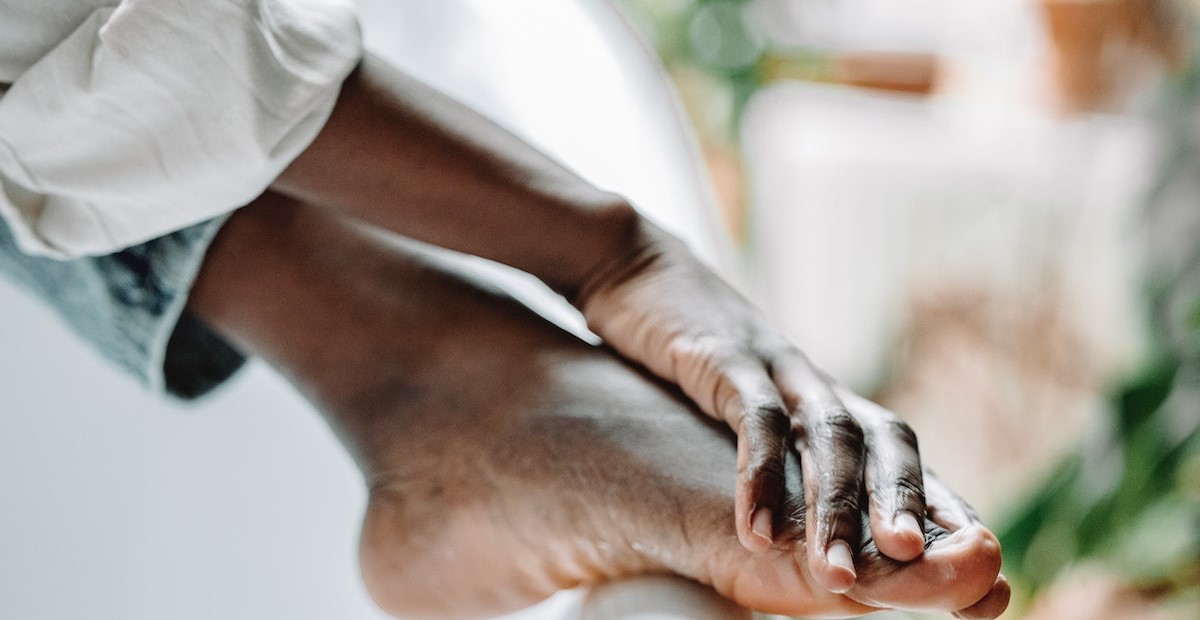
Contents
Making use of all we can to reduce running injuries and prevent run stopping, running blisters
It feels like an old school problem, but just like UK garage it doesn’t seem to go anywhere. Preventing blisters is so important. And if you want to prevent blisters in the right way, then these tips should help. Blister prevention lets you run free of pain, stay motivated with no excuses, and ultimately maximise on the proficiency of your running lifestyle.
So, if you want to treat blisters, especially painful blisters, then you need to listen up and hope these tips that are the only things that rub off on you.
Running socks, running shoes, keeping your feet dry, ill-fitting shoes, more friction than can be managed… the reasons for blisters are plentiful. Thankfully, the ways of stopping them are fewer.
Let’s start with a quote from Nike –
- ‘A blister is a fluid-filled sac that forms right under the top layer of your skin. It’s usually full of clear liquid or blood and can hurt and itch.’
And of course, can develop into something worse… an infection.
To stop this from happening, here are some tips.
Ill-fitting shoes
One of the main reasons for blisters is shoes that don’t fit, simple. Foot blisters form as a result of bad footwear, stemming from fiction due to a running shoe fabric and build rubbing your skin off. Blisters on your feet should not be a problem. One of the reasons they can still crop up is, of course, your nonsports equipment shoes. Normal shoes can cause just as much damage and really pave the way or the start of one too, so simply make sure you have the right shoes – running halts should not occur, and all you need is the right footwear.
Okay, so other than shoes, you have things like the right socks, keeping your skin dry, and using baby powder on all or big ones, but how do you treat them when they’re already there?
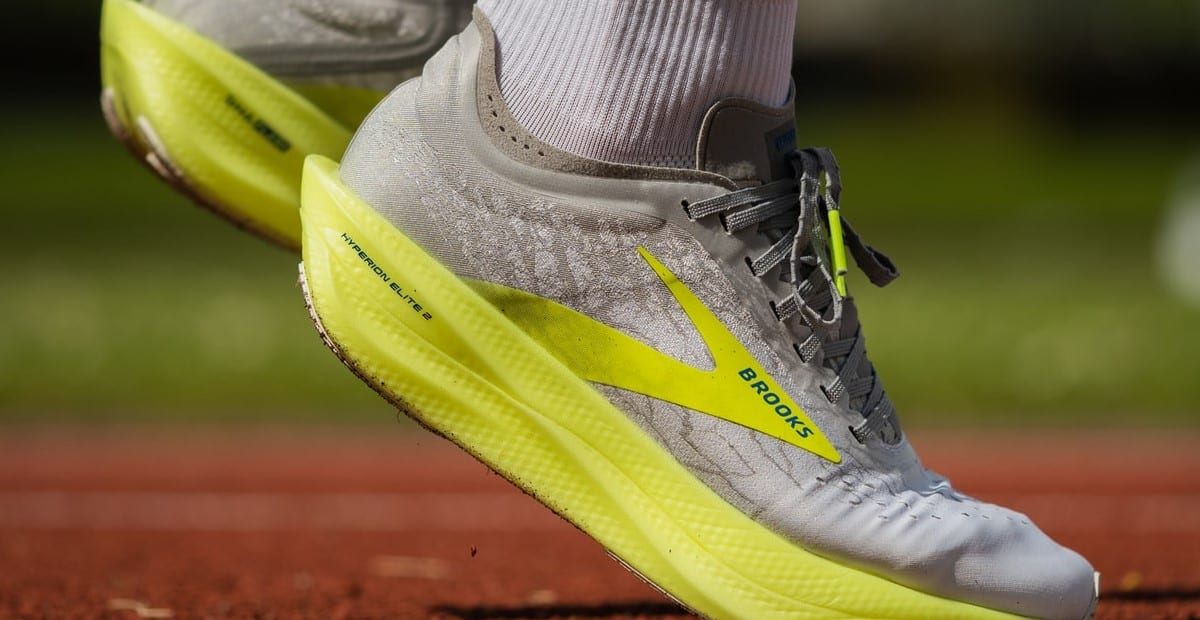
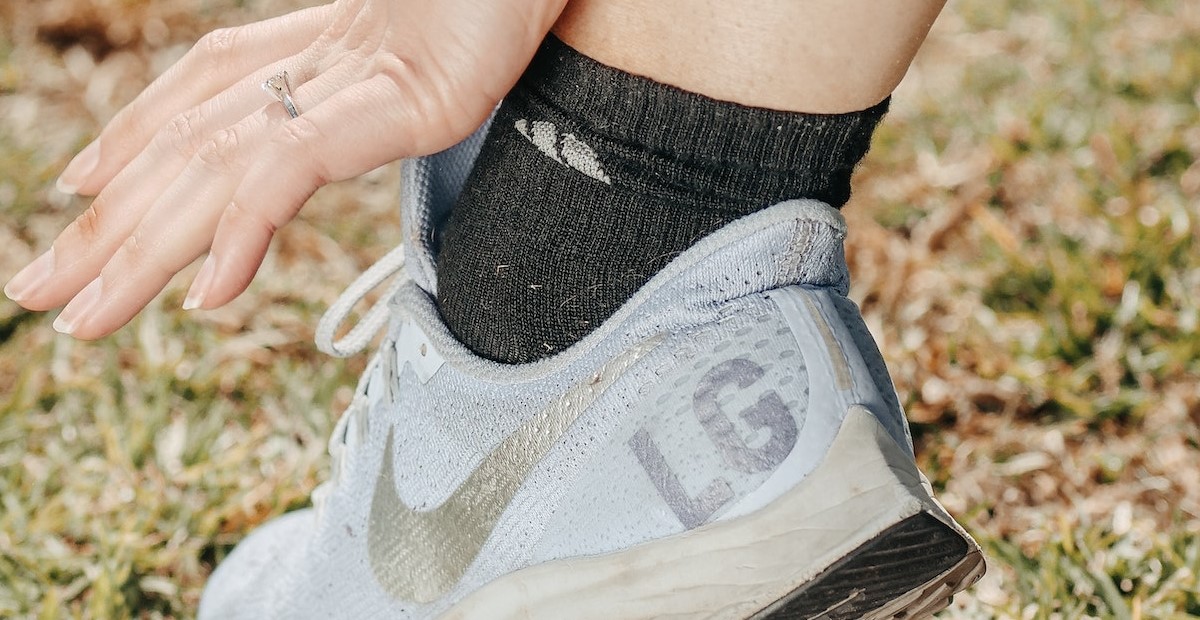
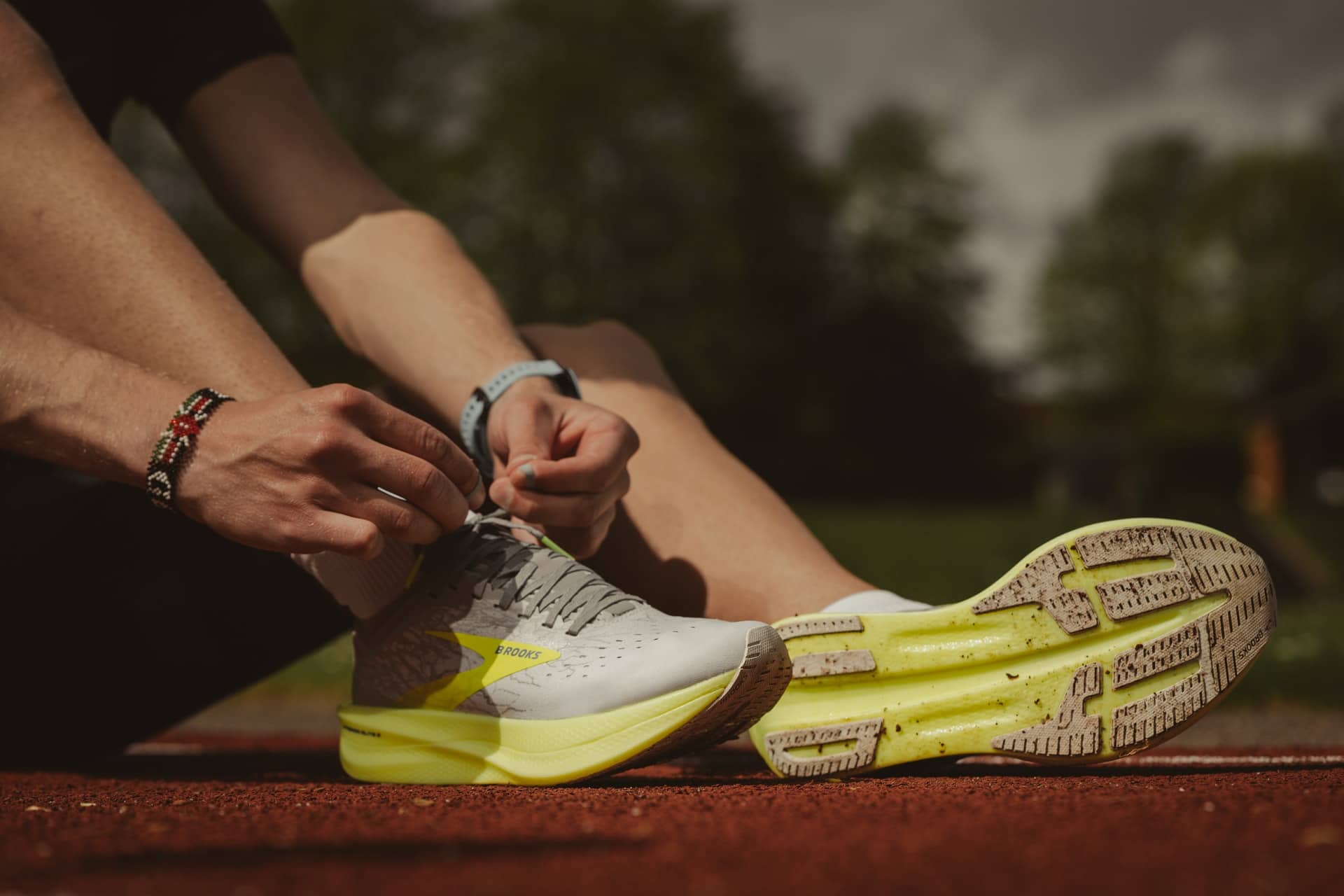

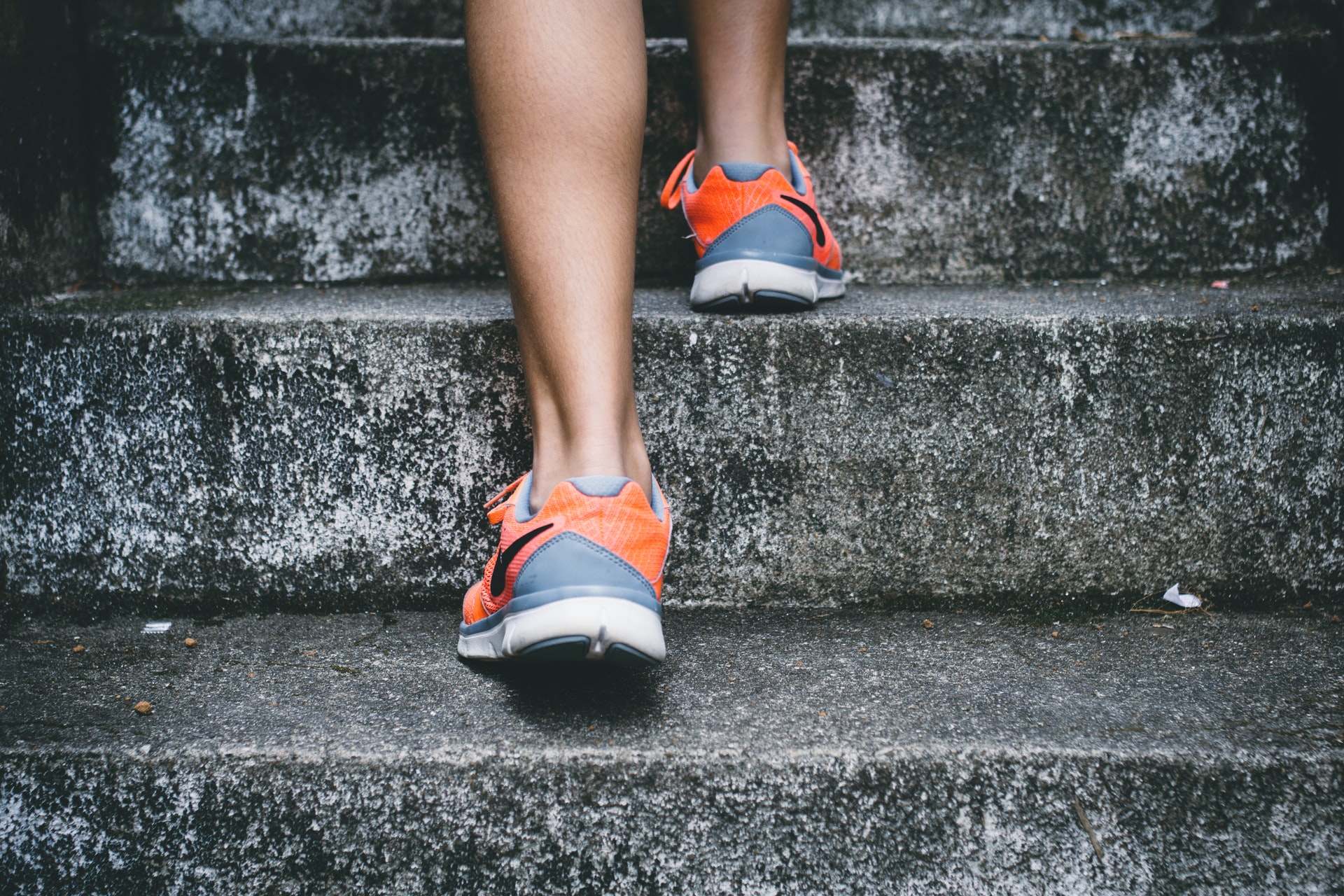
Treatment
The best thing to do is to keep it simple. You don’t want to rush the process of blister removal and potentially make things worse, so give it a day or two and see if it shrinks. If it doesn’t improve, then you can have a doctor or specialist pop it in the appropriate space. The best thing to do, however, is to leave it. The puss will eventually dissipate, and popping your blister can actually make it a lot, lot worse. You could be making a small problem bigger if you tamper or pre-emt something that shouldn’t be messed with.
”Here are some methods to treat small blisters:
- Cut a hole the size of the blister in the middle of a piece of moleskin
- Place the moleskin over the blister and cover with gauze
- Let the blister dry out and heal on its own, or try covering the blister with a waterproof pad”
Conclusion
Most blisters go. Blister pain can be annoying. Blisters forming genuine preventative impacts should definitely be treated. But at the end of the day, a painful blister won’t last. If you tick the boxes, like wear socks that are right, using foot powder where necessary, and so on, you’ll be fine. Don’t let something that small ruin your running lifestyle.
FAQs
Why should I wear the right shoes outside of running?
Simply put, you’ll get blisters or prime the potential for one when running.